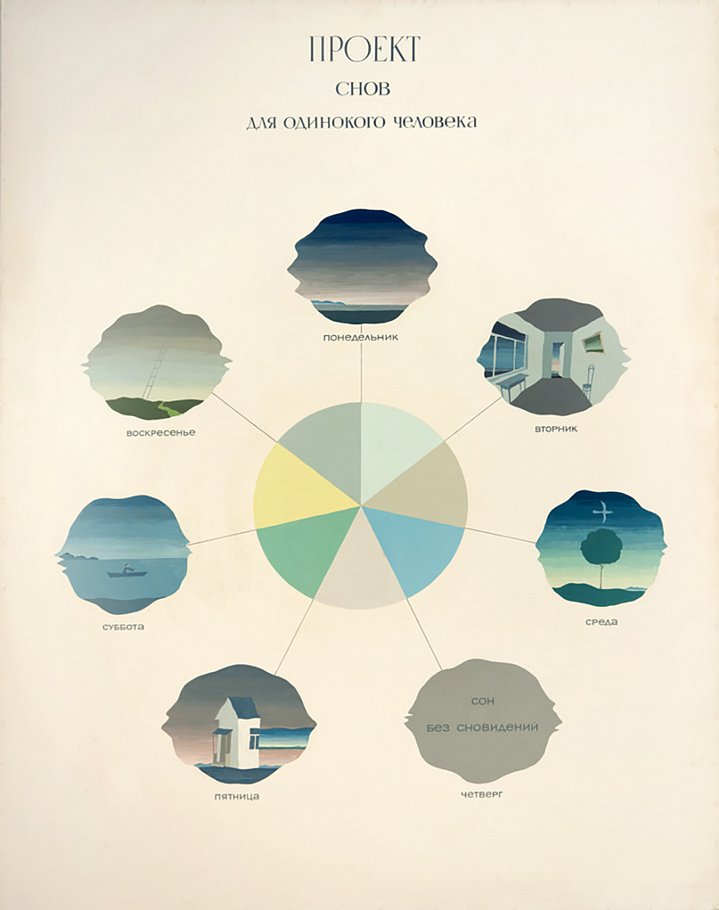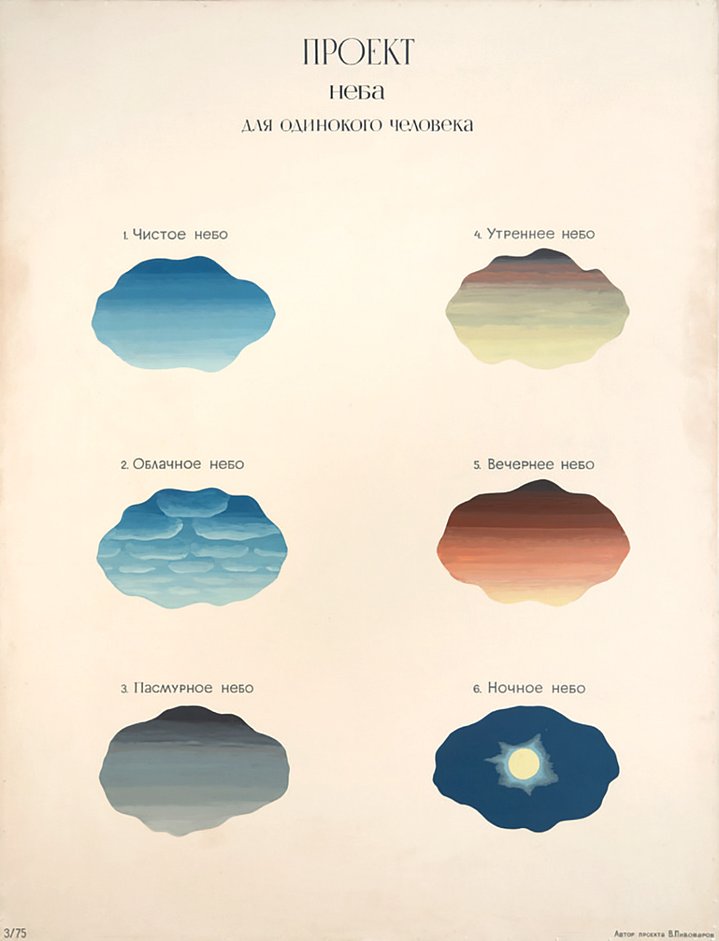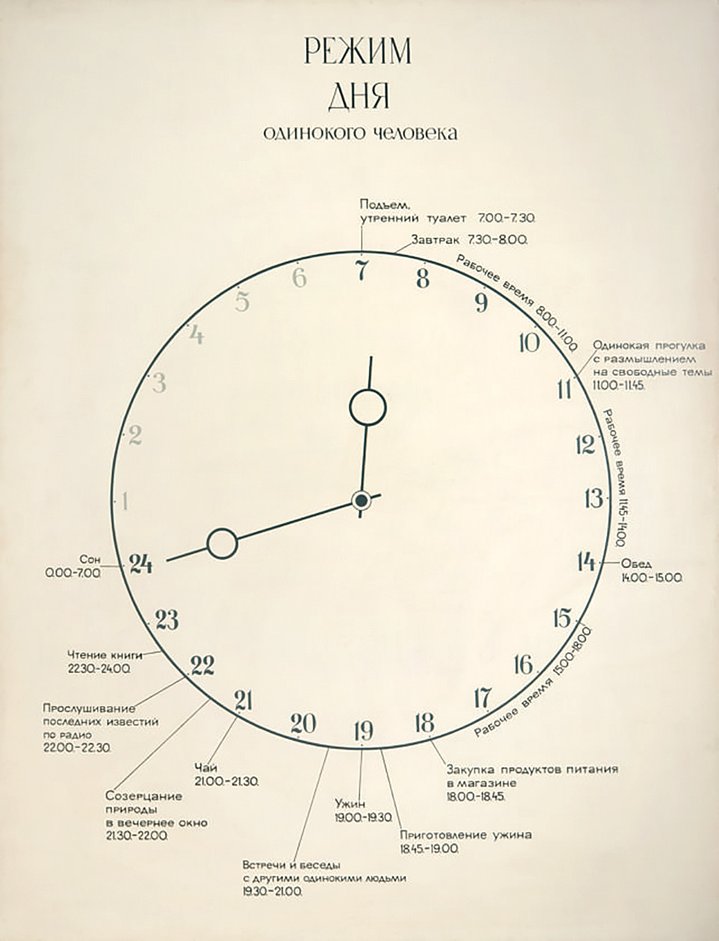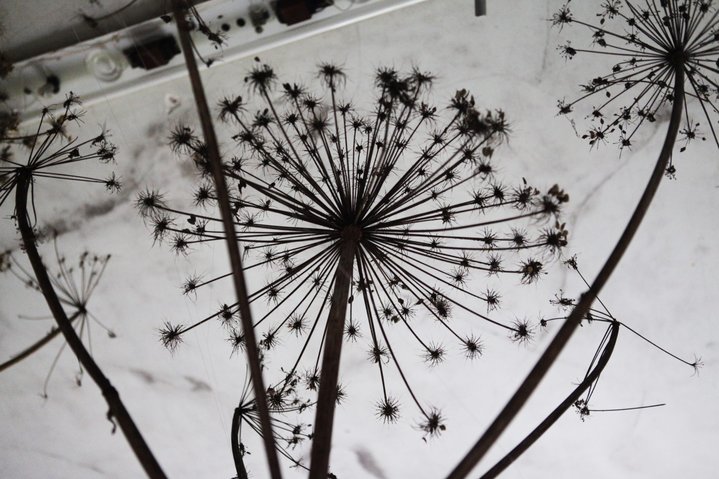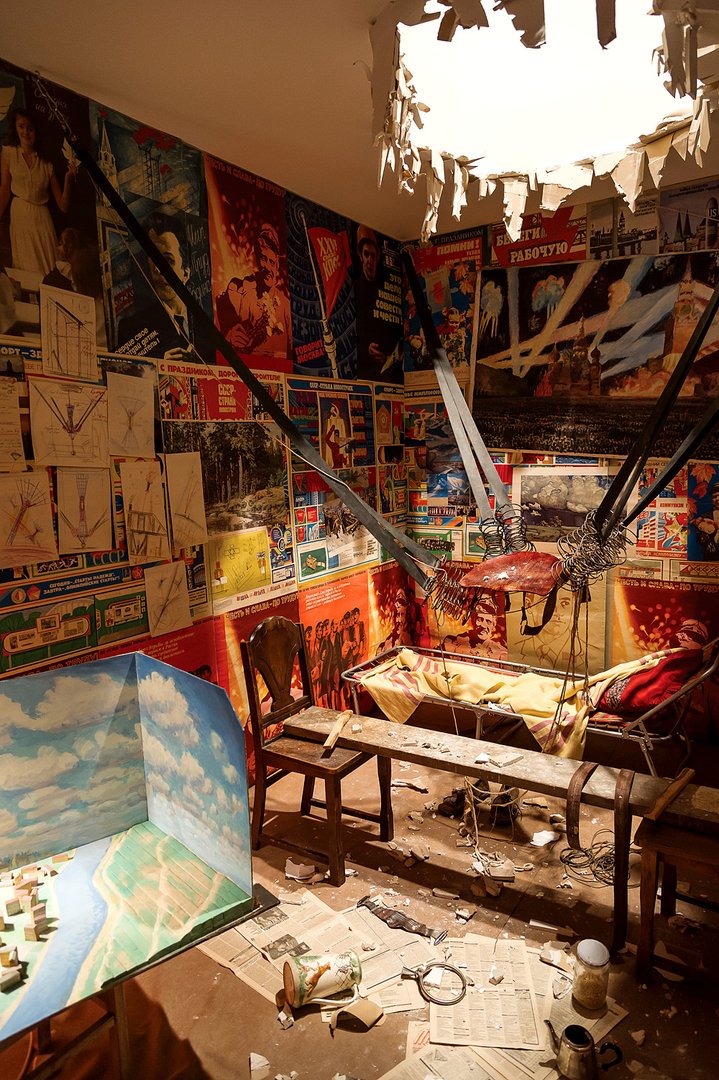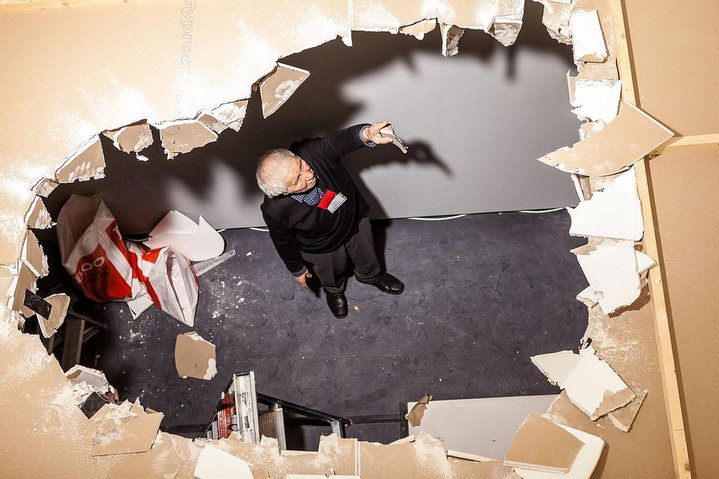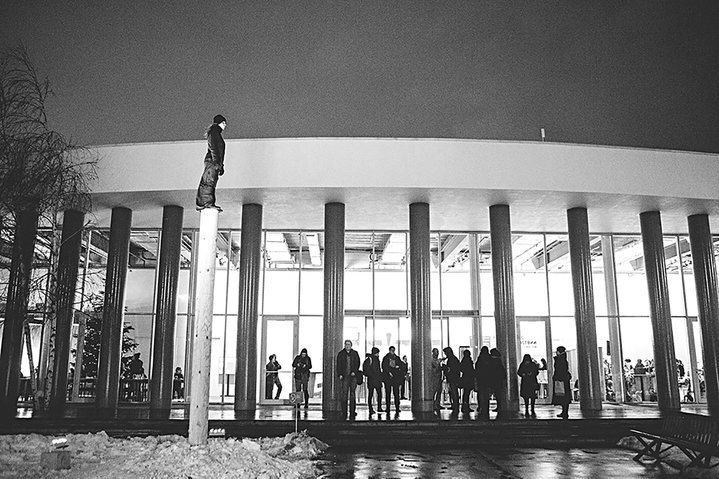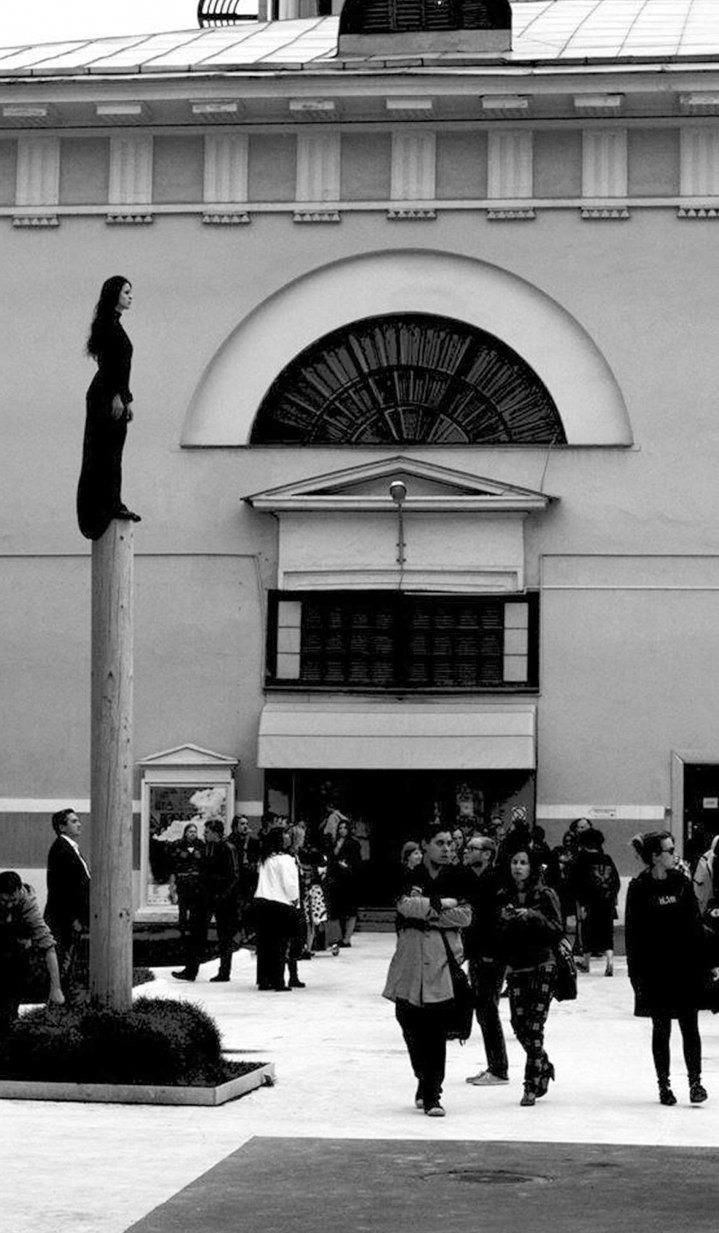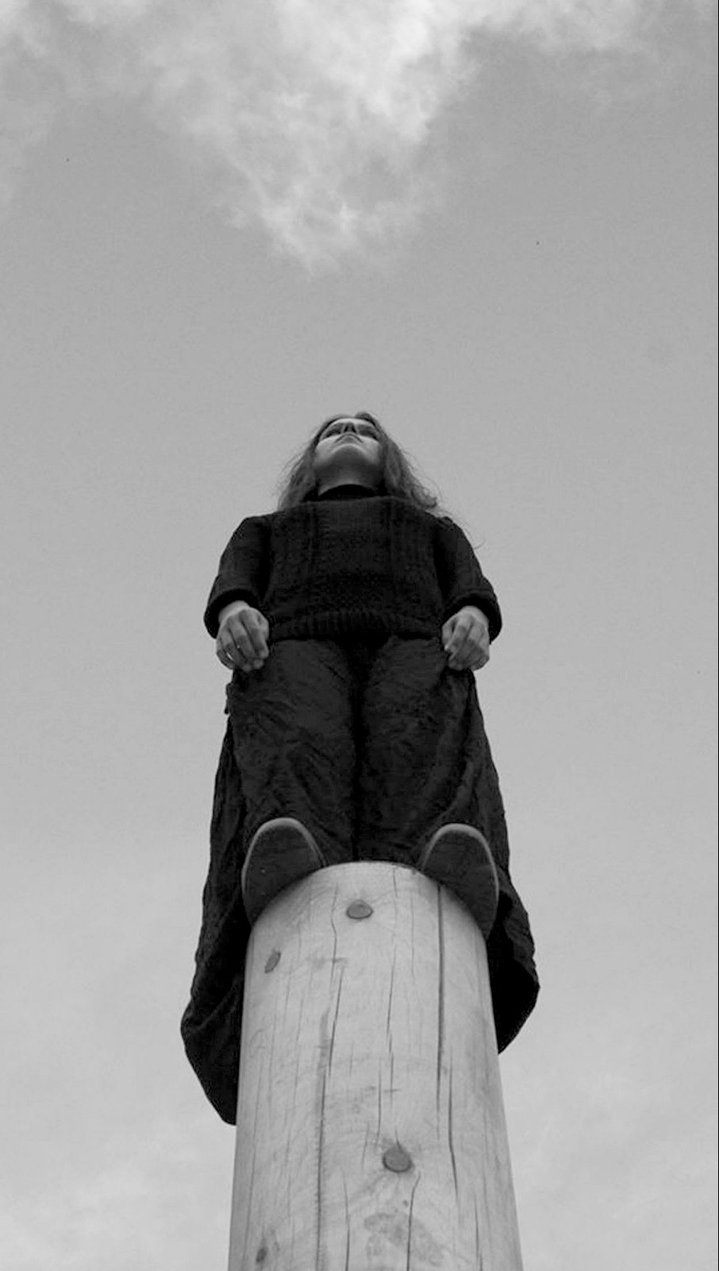Living on their own
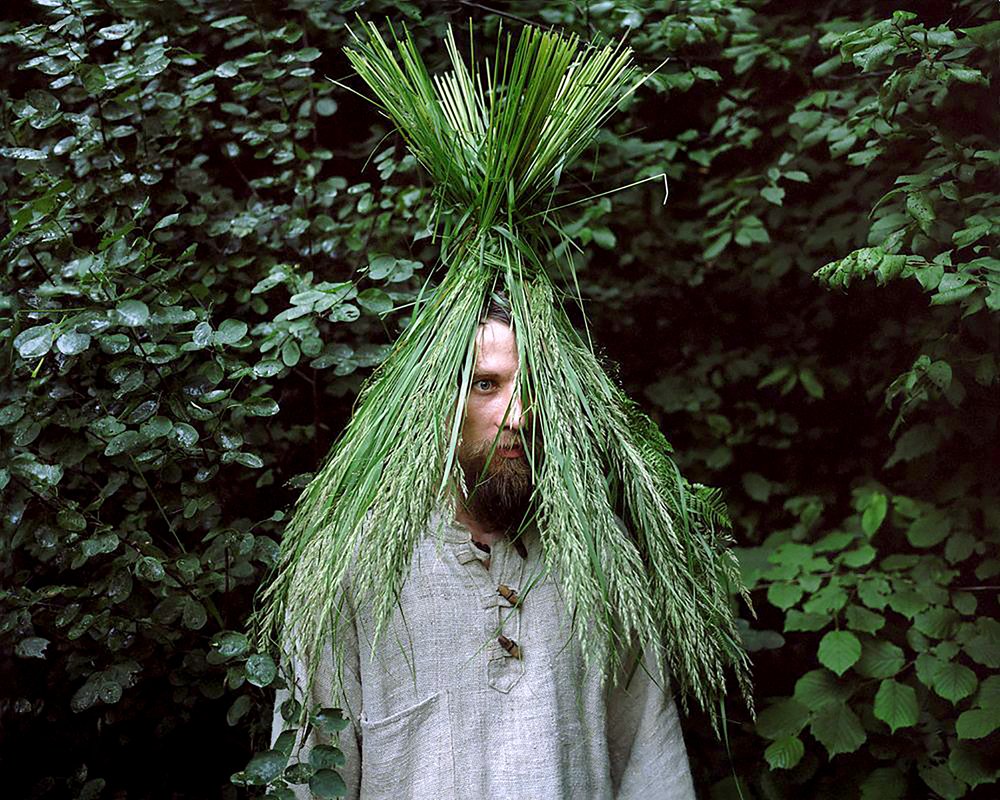
Danila Tkachenko. Escape, 2014. Photography
Loneliness has become an everyday reality for all of us in the era of global lockdown, yet artists have been contemplating it’s obvious threats and hidden joys long before the coronavirus pandemic. Discover five projects on the subject conceived by Russian artists of various generations
Danila Tkachenko
Young Russian photographer Danila Tkachenko (b. 1989) spent three years travelling across Russia and Ukraine in pursuit of people who played hide-and-seek with the world and managed to win the game. His series ‘Escape’ (2014) is dedicated to our contemporaries who chose to depart from society and live alone in the woods, like medieval hermits. Both the faces of these outcasts of society or self-styled philosophers and their makeshift dens are captured by Tkachenko’s camera, always in the same disengaged, matter-of-fact way. The hermits’ biographies are deliberately left beyond the frame. The artist does not explain the reasons that drove his subjects into the woods. Yet, their haunting gazes suggest that each one has his own untold saga, a story too dark to share.
Victor Pivovarov
The classic embodiment of Moscow conceptualism (b. 1937), based in Prague since 1982, this artist has from an early age understood the importance of being alone. Sociable by nature, he used to flee to his dacha to work in order to escape the endless flow of guests invading his Moscow studio. He created an album called ‘Projects for a lonely man’ in 1975, at the height of the Soviet Union’s ‘zastoy’ (a period of political and economic stagnation). The artist expressed his reflection on the topic in the form of whimsical schedules and charts which record the lifestyle of a Soviet intellectual in so-called ‘inner emigration’. By deliberately ignoring the surrounding Soviet reality, the “lonely man” manages to retain his inner freedom and resist the oppression of a totalitarian state. The work resonated with several generations of the Russian intelligentsia and is still popular now, much to the artist’s surprise. The agenda of quiet resistance to Leviathan seems to remain oddly relevant in Russia throughout the ages.
Ilya Fedotov-Fedorov
For young Russian artist Ilya Fedotov-Fedorov (b. 1988), loneliness is one of the most important categories of the human condition. His first solo exhibition at the Moscow Museum of Modern Art in 2015 was called ‘Homo Sapiens Solitarius’. (The term “homo solitarius” was derived from John Fowles’ classic novel ‘The Magus’.) Fedotov-Fedorov calls his work ‘bio-art’: he is fascinated by the life of insects, animals and plants which often play an important part in his artistic projects. The highlight of the MMOMA exhibition was a video installation called ‘Megapolis’ (2014). It showed a water tank inhabited by numerous mosquito larvae and a single goldfish. The goldfish feeds on the larvae, yet has to compete with them for oxygen in the water. If the lone fish does not eat the larvae fast enough, it can die from suffocation. This unsettlingly poignant metaphor of the competitive dog-eat-dog lifestyle of our megapolises demands no explanations.
Ilya Kabakov
Ilya Kabakov (b. 1933) has been reflecting on the ugly reality of Soviet communal flats for many years. Under Communism in the Soviet Union, millions of people had to share rooms for decades with citizens they could neither choose nor change. All real estate belonged to the state and moving to another place of residence was difficult and often impossible. Solitude was a luxury which ordinary people could not even dream to achieve in their lifetimes. ‘A man who flew into space from his own room’ (1982–1986), is Kabakov’s first total installation, initially built in his Moscow studio. It’s very title, as well as the work itself, bears the stamp of his signature mix of romantic inspirations and dry irony. The artist envisions a surreal leap to physical and spiritual freedom from the Soviet state, tiresome roommates and the Earth’s gravitational pull. It hints that fantasy is the only way to escape the world’s troubles and tribulations.
Olya Kroytor
The physically challenging performances of Olya Kroytor (b. 1986) are both laconic and visually striking. In her work ‘Foothold’, the artist stands on top of a four-metre-high column for hours, posing as a living monument to the fragile human body and the stalwart human will. The loneliness and vulnerability of an artist, opposed to the crowd below, are both symbolic and eerily literal. Once, during a performance at Almaty, Kazakhstan, somebody started to shoot at Kroytor from a toy gun. The weapon was a mere toy, yet the bullets, although tiny, were real. The work was performed on several locations, mostly in museums. In 2015, the ‘Foothold’ project brought the artist the prestigious Kandinsky prize in the category ‘Young artist. Project of the year’.










